A N I MAGE B OOK
PUBLISHED BY DOUBLEDAY
a division of Bantam Doubleday Dell Publishing Group, Inc.
1540 Broadway, New York, New York 10036
I MAGE , D OUBLEDAY , and the portrayal of a deer drinking from a stream are trademarks of Doubleday, a division of Bantam Doubleday Dell Publishing Group, Inc.
Library of Congress Cataloging-in-Publication Data
Patrick, Saint, 373?463?
[Confessio. English]
Confession of St. Patrick; and, Letter to Coroticus / translated and
with notes by John Skinner; prologue by John ODonohue.
p. cm.
1. Patrick, Saint, 373?463? 2. Christian saintsIreland
Biography. 3. Patrick, Saint, 373?463?Correspondence.
4. Christian saintsIrelandCorrespondence. I. Patrick, Saint,
373?463? Epistola ad milites Corotici. English. II. Skinner, John.
III. Title.
BR1720.P26A3 1998
270.2092dc21
[B] 97-37629
eISBN: 978-0-307-76884-1
Copyright 1998 by John Skinner
Prologue copyright 1998 by John ODonohue
All Rights Reserved
v3.1
For Lotty
O speciosissima atque amantissima filia quam in Xisto genui.
Letter to Coroticus
Contents
Prologue
History is an amazing presenceit is the place where vanished time gathers. While we are in the flow of time, it is difficult to glean its significance, and it is only in looking back that we can recognize the hidden dimensions at work within a particular era or epoch. St. Patrick has always been acknowledged as a pivotal figure in early Irish history and spirituality. Yet despite this importance, his significance has often become rather caricatured in legend and in the retrospective intentionality that nostalgia often confers. And yet we need not be limited by what legend has given us, since we are fortunate in having documents from Patricks own hand.
The Confession of St. Patrick provides a window into a remarkable life. Patrick is a figure who inhabits a crucial threshold in the evolution and definition of Irish spirituality. To serve this threshold demanded a singular commitment that engaged every resource and depth of character he possessed. His story revolves around an initial irony which qualifies his centrality in the Irish tradition It was Irish pirates who kidnapped him from his British home and sold him into slavery here. They could never have suspected the spiritual tradition that would be born out of their brutal action.
Indeed, the structure of this initial moment sets the rhythm of Patricks subsequent life, namely, the praxis of a spirituality of transfiguration. His physical slavery releases him into a life of inner liberation. His captors only controlled his tasks and location but they never got near the eternal spring that was awakening in his young mind.
Patrick understands his slavery as the door into divine recognition and friendship. In this awful experience of alienation and exile, he discovers God as his anam- ara. Anam is the Irish word for soul and
ara. Anam is the Irish word for soul and  ara is the word for friend. The Anam-
ara is the word for friend. The Anam- ara is the Friend of the soul. This is one of the most beautiful concepts in the Celtic tradition. An ancient affinity and belonging awakened between two people in the Anam-
ara is the Friend of the soul. This is one of the most beautiful concepts in the Celtic tradition. An ancient affinity and belonging awakened between two people in the Anam- ara relationship. This relationship cut across all other connections. In your Anam-
ara relationship. This relationship cut across all other connections. In your Anam- ara you discovered the Other in whom your heart could be at home. The depth and shelter of this Anam-
ara you discovered the Other in whom your heart could be at home. The depth and shelter of this Anam- ara belonging enables Patrick to endure the most awful conditions. Prayer is conversation with his Anam-
ara belonging enables Patrick to endure the most awful conditions. Prayer is conversation with his Anam- ara:
ara:
But after I had come to Ireland,
it was then that I was made to shepherd the flocks day after day, so, as I did so, I would pray all the time, right through the day. More and more the love of God and fear of him grew strong within me.
and as my faith grew, so the Spirit became more and more active, so that in a single day I
would say as many as a hundred prayers, and at night only slightly less.
Although I might be staying in a forest or out on a mountainside, it would be the same;
even before dawn broke, I would be aroused to pray.
In snow, in frost, in rain,
I would hardly notice any discomfort,
and I was never slack but always full of energy.
It is clear to me now, that this was due to the fervor of the Spirit within me.
Pascal said that in difficult times you should always keep something beautiful in your heart. Patrick is able to survive these harsh and lonely territories of exile precisely because he keeps the beauty of God alive in his heart. The inner beauty of the divine intimacy transfigures outer bleakness.
This inner intimacy brings his soul alive. It opens the world of the divine imagination to this youth. Consequently, he becomes available for his destiny in a new way. His dreams invite him to ever richer thresholds of his future. He is shown in a dream a ship that will take him away from slavery. The lantern of his dream guides him through two hundred miles of hostile territory to a harbor where strange sailors unexpectedly relent and take him aboard ship. Fascinating relics of ancient traditions glisten through this phase of the narrative.
His parents and friends are delighted at his return. He studies and becomes a priest and bishop. Yet his destiny is not to remain among what is familiar or complacent. Again the dream calls him to journey toward the next threshold. It is the dream of a letter from Ireland full of the Voice of the Irish calling him to come back and walk once more among us. Patrick allows himself to be guided by the vision in his dreams. He is pierced to the core by this request.
It is fascinating that the crucial new direction in his life is not determined by the clear calculations of the daytime but rather originate in the voices of dream in the depth of the night. Often the most original disclosures assemble in the unconscious and are deciphered through imagination and dream. Patrick is so attuned to this deeper dimension of soul that his sense of who he is is rendered ever more complex by such new inner disclosures.
His sense of soul complexity finds its most fascinating expression in the frame-breaking experience that happens at that tender threshold somewhere between dream, prayer, and vision:
And on another night, I do not know, only God knows
whether in me or outside myself,
I heard the most wise words which
as yet I could not comprehend
In the moment of deepest divine encounter, the frames of normal perception are radically extended and intensified. Yet in contrast to some Oriental mysticism, the sense of the intimacy and belonging of the Self does not fade into anonymity of Nothingness:
And once again, I saw him praying within my soul,
it was as if I was still inside my body,
and then I heard him above, me, that is over my inner man.
Patrick is amazed at this intrusion or more precisely extrusion from his own depths. This new presence is not himself but yet is radically at one with him:
And as all this was happening, I was stunned and kept

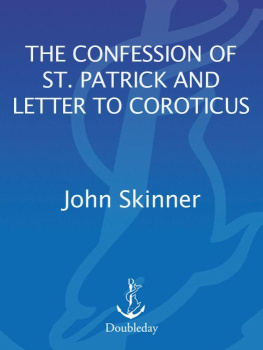

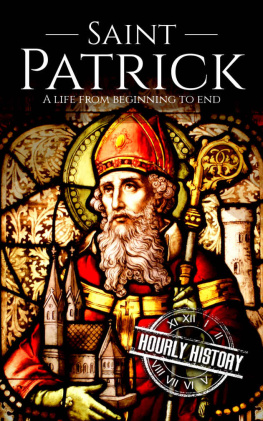
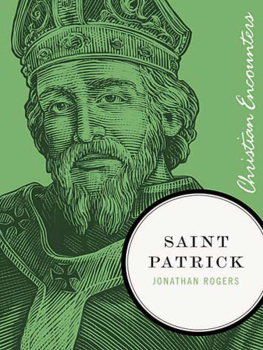
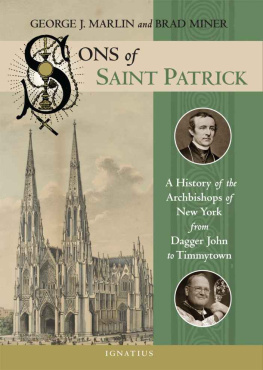
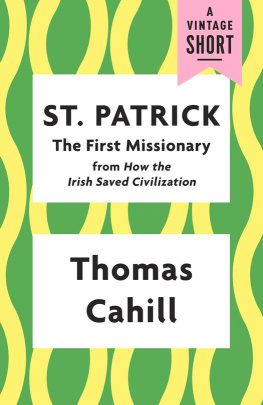
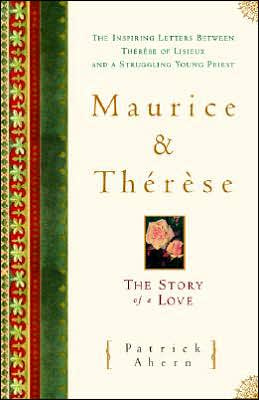
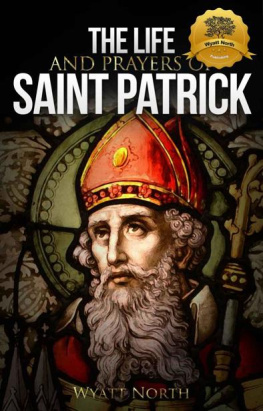
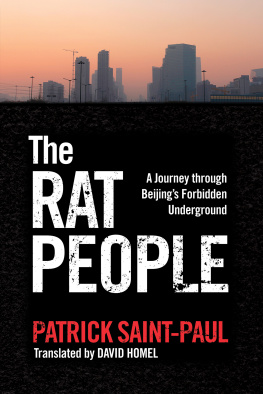


 ara. Anam is the Irish word for soul and
ara. Anam is the Irish word for soul and